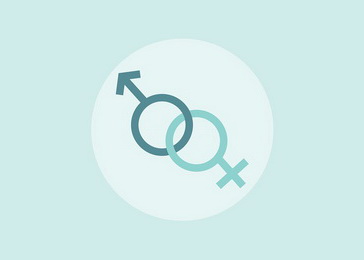 The EU’s budget can be a powerful force for growth and development. EU funds have helped transform less-developed regions and reduced inequality across the European Union.
The EU’s budget can be a powerful force for growth and development. EU funds have helped transform less-developed regions and reduced inequality across the European Union.
Yet a new report by the European Institute for Gender Equality (EIGE) has estimated that less than 1% of the EU’s Structural and Investment Funds have been set aside for the promotion of gender equality, with gender mainstreaming treated as a theme that has little impact on the actual content of funding programmes.
Proposals for the post-2020 budget – the EU’s Multiannual Financial Framework (MFF) – display an even lower level of ambition. This is despite the EU’s legal obligations and political commitments to close the gender gap, which persists across all member states.
“As the EU puts together its ‘budget for the future’, we put forward our proposals for how to ensure the next MFF serves the future of the whole population. Currently women earn less, spend more time on caring and housework, and end up with significantly lower pensions than men. Funding programmes are the most direct way for EU resources to reach those who need them and to impact individual lives – gender budgeting would ensure women and men are able to benefit equally,” said Virginija Langbakk, EIGE’s Director.
Gender budgeting is a tool that helps identify the different situation and needs of women and men and allocates resources accordingly. This can include recognising women’s unpaid work: across the EU, more than a third of women care for family members on a daily basis, while almost 80% cook or do housework. This leads to fewer women than men in full-time employment and a lifetime gender gap in earnings of some 40%. Budgets that invest in public services such as transport and childcare can help offset such inequalities.
The report “Gender budgeting: Mainstreaming gender into the EU budget and macroeconomic policy framework” outlines in detail how the EU institutions and member states can help realise the goal of gender equality through improved gender budgeting.
Recommendations include:
- The setting of gender equality as a priority across the entire MFF
- The institutionalisation of gender mainstreaming methods and the monitoring of its impact in all funds
- The setting of budgetary targets for gender equality
- The introduction of a system to track funding for gender equality in all funding programmes.
EIGE’s research shows that narrowing the gender gap in the EU could result in an extra 10 million jobs and an increase in GDP of up to €3.15 trillion by 2050.
Note: The European Structural and Investment funds (ESIF) includes the European regional development fund (ERDF), European social fund (ESF), Cohesion fund (CF), European agricultural fund for rural development (EAFRD), and the European maritime and fisheries fund (EMFF). The funds make up some 76% of the total EU budget.
Further information
- Gender budgeting: Mainstreaming gender into the EU budget and macroeconomic policy framework
- Gender mainstreaming methods and tools: Gender budgeting
- Economic benefits of gender equality
- Gender gap in pensions in the EU
Source: eige.europa.eu
 Government of the Republic of Serbia
Government of the Republic of Serbia















 pdf [271 KB]
pdf [271 KB]
Leave a Comment